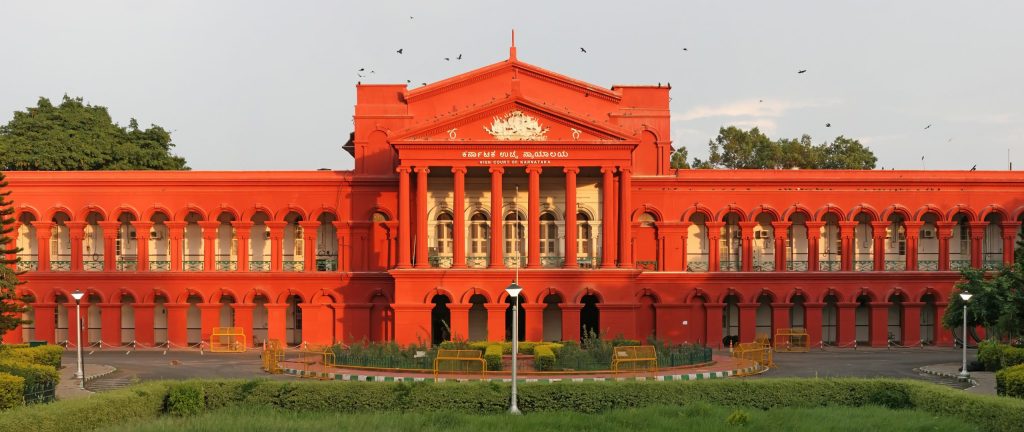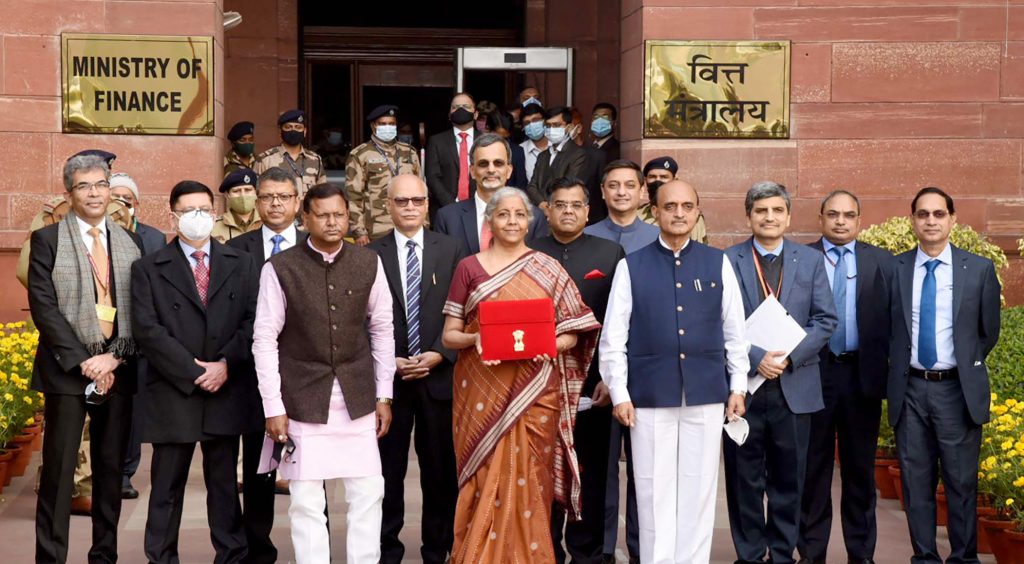Now Reading: Why is Modi Government shying away from the agricultural reforms?
-
01
Why is Modi Government shying away from the agricultural reforms?
Why is Modi Government shying away from the agricultural reforms?
The over-hyped and historical Lok Sabha elections of 2014 saw some unprecedented election promises being made by political parties. On the pretext of a multitude of unrealistic reforms, elections were won and now the representatives of world’s largest democracy are having a hard time implementing them. The implementation of M S Swaminathan committee recommendations is one such Herculean promise, that could be transformational for agriculture and farmers’ welfare, but requires a resolute political will. Widespread resentment and dissatisfaction from the government can be witnessed from the violence across the states of Maharashtra and Madhya Pradesh. Reforms cannot be more urgent than now.

Bhopal: Farmers throwing vegetables on a road during their nation-wide strike and agitation over various demands, in Bhopal on Sunday. PTI Photo (PTI6_4_2017_000113B)
Some of the laggards reported by the National Commission of Farmers chaired by agriculture-scientist Swaminathan are as follows:
- Unfinished land reforms
- Low irrigation capacity
- Inadequacy of institutional credit
- Technology backwardness
- Lack of remunerative marketing
Let’s look at some of the recommendations of the committee that are indispensable to boost farmer’s income, enhance public investments in agriculture and truly lay the foundation of a new India.
Irrigation:
- Rainwater harvesting and recharge of aquifers to be made mandatory to increase water supply.
- Substantial increase in investment in agriculture sector
- Comprehensive and sustainable reforms for equitable access to water
The productivity of Agriculture:
- Prodigious increase in public investment in the infrastructure related areas
- National network of advanced soil testing labs
- Conservation farming
Credit and Insurance:
- Rate of interest for crop loans to be reduced to 4%
- Moratorium on debt recovery even for loans from non-institutional sources
- Establishment of Agriculture Risk Fund
- Development of integrated Health Insurance Package
- Creation of Rural Insurance Debt Fund
Prevention of farmer suicides:
- Revitalization of primary health care centers
- Setting up of representative State level Farmer’s Commission
- Restructuring of microfinance policies
- Provision of social security net
- Decentralization of water use planning
- Use low risk and low-cost technologies
- Setting up of Village Knowledge Centres of Gyan-chaupals
- Focused Market Intervention Scheme (MIS)
Farmer Competitiveness:
- Creation of commodity based farmer organizations
- Increase in MSP to be 50% more than weighted average cost of production
- State APMCs to shift to promotion of grading, branding, packaging, and development of national and international markets for local produce
Employment:
- Emphasis on labor intensive sectors
- Improvement in the functioning of labor markets
- Encouragement of non-farm employment activities
Bioresources:
- Preservation of the access to traditional rights to biodiversity
- Conservation and enhancement of crops and livestock, through community-based breed conservation
- Allow the export of indigenous breeds to increase their productivity
So where is the problem? If the reforms can emancipate the sector and silence the clamor, why aren’t they seriously working towards it?
- As MSP is decided by the Committee of Agricultural Cost and Prices taking into consideration various factors, the decision of minimum 50% hike could lead to significant market distortions.
- Farm loan waiver can be a relief although mostly performed as a political gimmick, it cannot be a long-term sustainable solution. The government has introduced innovative insurance schemes, but unless MSP is restructured, farmer welfare remains a distant dream.
- The recent violent farmer agitation is the aptly named “manifestation of crisis”.
- The provision of e-National Agricultural Marketing (e-NAM) is a revolutionary step to link technology to agriculture, thereby curbing cartelization of traders and ensuring adequate remunerative price to farmers. However, these reforms have to be implemented in a mission-mode and the onus cannot be put just on the state governments.
The farmers have also been problems such as irregularities in monsoon, ban on cattle trade and subsequent harassment by cow vigilantes, the high cost of fertilizers, pesticides and fuel, and untimely procurement and purchase by government agencies. At a macro level, the conversion of agricultural land for non-agricultural purposes rendered several families landless and reduced farm productivity.
The industrial sector has depleted water to dangerous levels, and haven’t even installed any water-treatment plants. Although the government recommends diversification of crops, MSPs haven’t been set for diversified crops discouraging farmers to take up such enterprise. The demonetisation drive had a crippling effect on small scale agriculture. Furthermore, climate wreaks havoc and events like flood and drought remain a nightmare for farmers. These factors tenaciously push them into indebtedness and incessant government support is inevitable for the livelihood of 60% of the nation.
The earth-shattering reality of unstoppable farmer suicides is a shame for an agriculture-oriented nation. Amidst the hullabaloo of reforms, technological advancement and rising demographic dividend, the faint voices of farmers have started turning into murderous calls. Incidents like that in Mandsaur, Madhya Pradesh should be alarming to the authorities. It is in the best of nation’s interest to arrive at a consensual solution to prevent the system from collapsing. Although reforms have been initiated, the execution remains weak and disorganized. Nevertheless, budget announcements this year are encouraging and the whole nation awaits celebrations.



















